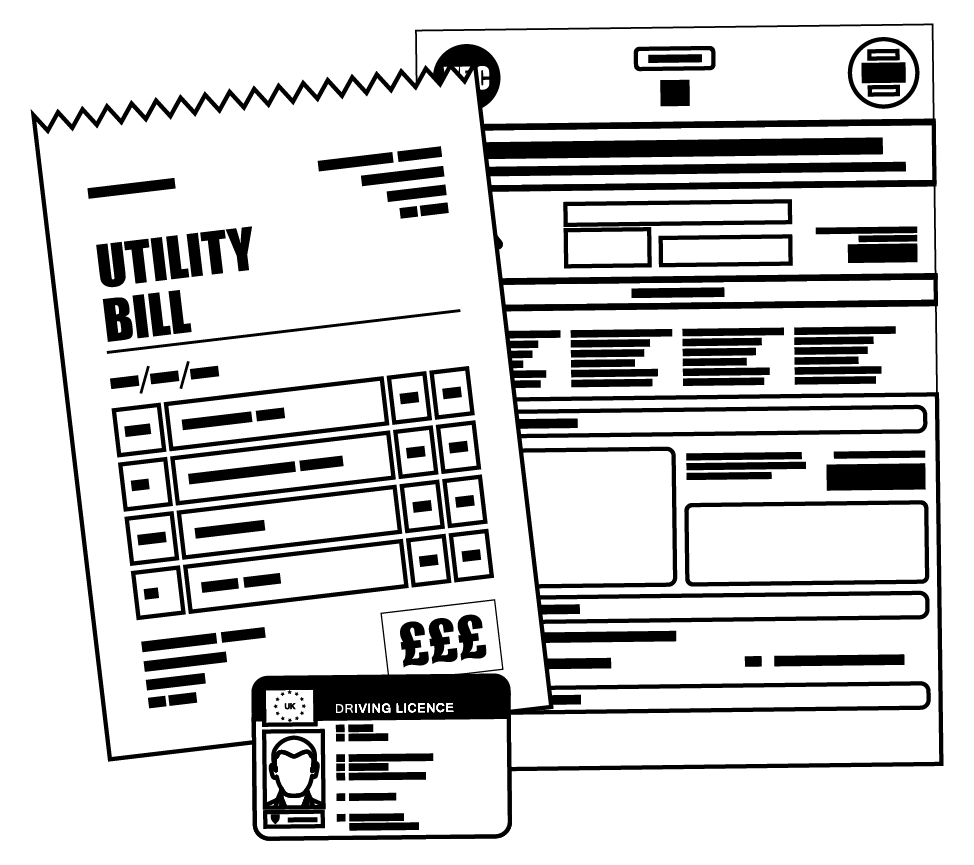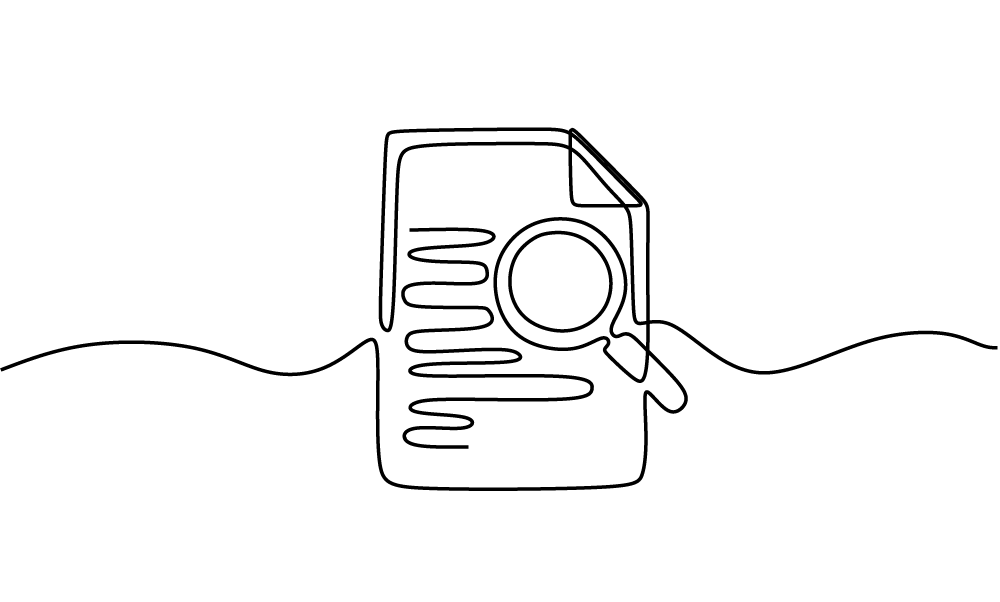Whether you’re planning to sell your car privately, part-exchange or sell to a dealership, having the right documentation to hand can make the process that much easier.
Of all the advice and tips for selling your car, getting the paperwork in order is arguably the most important consideration. After all, if you’re missing key documents, this could significantly reduce your car valuation - or make it nearly impossible to find a buyer at all.
In this guide, we will provide a comprehensive list of the documents you’ll need when selling your car. We’ll also explain the importance of each document – and the steps you can take to replace any missing car documents.
Get a free valuation
Documents you need to sell your car
Although it is technically possible to sell your car without any paperwork at all, we would advise against this. Missing car documentation could deter prospective buyers – or at the very least, reduce the price you’ll get for your motor.
Therefore, we would recommend collating the following documentation before selling:
- V5C logbook.
- Service history.
- MOT certificates.
- Owner’s manual.
- Repair and part receipts.
- Car parts receipts.
- Car warranty documents.
- Insurance documents.
- Proof of deposit and purchase receipts.
- Number plate retention certificate (V778) - (If applicable.)

V5C logbook
The V5C logbook is first on our list for good reason. A missing logbook can seriously hurt your car’s value. Potential buyers may be suspicious that your car has been stolen. What’s more, whilst it is possible to sell your car without a V5C logbook, doing so would complicate the process of transferring car ownership.
If you do not have your vehicle’s V5C logbook, you can obtain a replacement copy from the DVLA at a cost of £25.
Service history
A full service history can help to reassure prospective buyers that the car has been well maintained throughout its life. What’s more, this can also instil confidence that the vehicle’s reputed mileage is accurate (an important consideration, given that mileage affects car value).
To maintain a complete service history, you should ensure that the mechanic stamps your car’s service book at every interval – and records pertinent details such as the name and address of the facility and when the service was carried out.

MOT certificates
Retaining all the MOT certificates throughout your car’s history can instil viewers with confidence that the vehicle has been kept in roadworthy condition – and meets the minimum environmental standards.
Don’t have physical copies of these certificates? You can use our free MOT check tool to view past MOT test results for any UK vehicle since 2006 (since 2015 for tests taken in Northern Ireland).
Whilst this will reassure some viewers, we would still recommend using the DVLA’s free lost MOT certificate service to replace any missing MOT documents. By making this paperwork available, you’ll spare viewers the time and hassle of researching your car’s MOT history themselves.
Read our guide ‘How to print your MOT certificate at home for free’ to learn more.
Please note: If you own a classic car with MOT exemption, voluntarily submitting it for an MOT test can help to reassure viewers that the vehicle is still in good working order.
Owner’s manual
The owner’s manual can usually be found in the glovebox. This book will contain useful information to help you identify dashboard warning lights, maintain the correct fluid levels, check the tyre pressure and more.
If this document is missing, you should be able to purchase a replacement from the manufacturer. (Although you can usually download a free digital copy, we recommend obtaining a physical replacement if you want to maximise your car’s resale value.)
If this document is missing, you should be able to purchase a replacement from the manufacturer. (Although you can usually download a free digital copy, we recommend obtaining a physical replacement if you want to maximise your car’s resale value.)
You may need to provide the vehicle’s VIN number when requesting replacement manuals from certain car manufacturers.
Repair and part receipts
Cars sometimes need to be repaired due to age-related issues, scratches or damage sustained from an accident.
If you have had work carried out on your car, it is good practice to keep the receipts as proof that the repairs have been carried out to a high standard.
Car parts receipts
You should also retain the receipts for any replacement parts that have been fitted to the vehicle. These may be required as proof of warranty for the next owner.
If any receipts are missing, you may be able to request replacement copies by contacting the relevant garages or dealerships.

Car warranty documents
If the car you're selling is still under warranty from a manufacturer or dealership, you will need to inform the warranty provider that you have sold the car.
In most cases, the warranty will be transferable to the new owner, in which case, you should inform them and hand over any documentation.
Insurance documents
If you have made a claim on your car insurance, you may wish to show the relevant documents to prospective buyers, as this will reassure them that the necessary repairs have been carried out.
These documents will also contain useful information such as the vehicle’s insurance group (which will give them an indication of how much their own insurance policy may cost).
After selling your car, you will need to tell your insurer that you wish to cancel your current policy – and you may be charged a cancellation fee.
Proof of deposit and purchase receipts
If you are selling your car privately, the buyer won’t necessarily pay the full amount at the point of sale. After agreeing to purchase the vehicle, they may need to go away to arrange payment or secure a bank loan to cover the cost.
In the interim, the buyer may wish to leave a holding deposit to ensure no-one else can buy the vehicle while they attend to their finances. If this is the case, you should provide them with a receipt as proof of their deposit. This receipt should contain the following information:
- The seller and buyer’s names and signatures.
- Details of the vehicle’s make, model, registration number and VIN (vehicle identification number).
- The deposit amount (and the balance outstanding upon collection of the vehicle).
- The date the deposit was made.
As the seller, you should retain a copy of this receipt. (This will protect you from any disputes concerning the agreed price.)
When the buyer returns to collect the car, you should provide them with another receipt confirming that the sale has been completed and the balance paid in full (and retain a copy for your reference).
Number plate retention certificate
If you are selling a car with a private number plate but wish to keep your personalised registration, you will need to transfer the number plate before selling your car. Otherwise, the private plate will become the property of the new owner at the point of sale.
You can request to take a private number plate off a vehicle via the DVLA website. If your application is successful, you will receive a number plate retention document (V778) which gives you the right to transfer the number plate to another vehicle within the next 10 years.
Visit our guide ‘How to retain a private number plate’ for a full explanation of the process to follow.
What documents do I need to sell to webuyanycar?
Our simple, hassle-free selling process is one of the many things that has helped to make us the UK’s favourite online car buyer. (More than 3.5 million customers have chosen to sell their car with us!)
Whilst some car buyers might ask for every document under the sun, when you sell to webuyanycar, we only ask for the following:
- V5C logbook.
- Original photo ID (passport or driving licence).
- Proof of address (dated within the last 9 months).
- Your bank details (so we can pay you).
- Service history documents (if applicable).
- Finance settlement document (if applicable).
- The vehicle’s keys and wheel locking nut.


